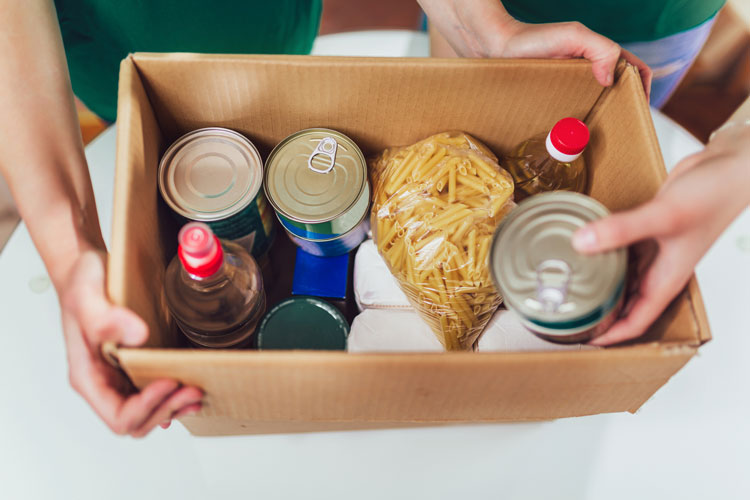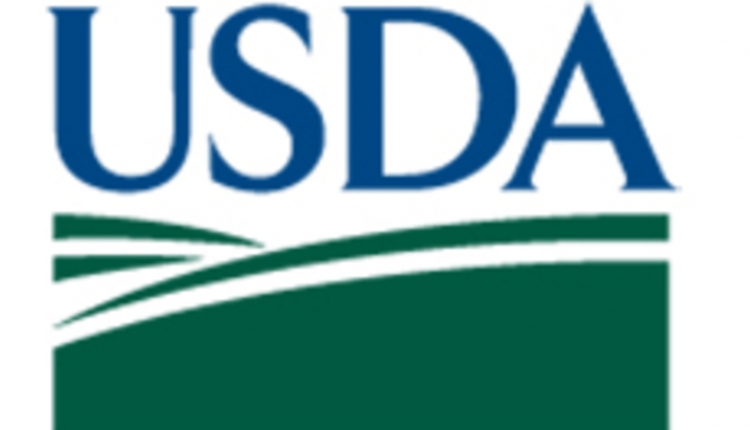
Through much of November and December, most of the people we talked to seemed to think that USDA’s Farmers to Families Food Box program was dead. There are a number of reasons for that initial conclusion.
For starters, USDA has spent its allotted $4 billion — the agency is out of money. Also, this is a Trump-era program the incoming Democrats likely will not want to fund in the future.
A few weeks ago, I was telling people we had about a 5% chance of seeing another round of the food box program. This week, I’ve bumped that up to a 40% chance, and I even might be underestimating the odds.
Designed to solve three problems
The food box program was initially designed to solve three problems. In the early stages of the pandemic, food service demand collapsed, farmers were dumping milk and plowing under vegetable fields, and unemployment was skyrocketing, leaving consumers scrambling to make their monthly budget work. The food box program was supposed to move those surplus agricultural commodities through an idled food service supply chain to consumers in need.
But food service sales have rebounded and farmers have had time to move some of their product from food service into retail, or they have scaled back production. It’s hard to argue that the food box program is needed to support the farmers or supply chain, but it is getting easier to argue that many consumers are still dealing with a tough economic reality and are increasingly leaning on food pantries to get through the month.
I see multiple news stories every day about how demand at food banks is up significantly. Some of it is supply-push. If the government pays someone to distribute hundreds of millions of pounds of free food (through the food box program), the statistics on free food consumption are going to go up. But you can also find the heartbreaking anecdotal stories about people who are relying on this food, many of them for the first time.
Yes, the Supplemental Nutrition Assistance Program (SNAP or food stamps) would be a more efficient way to get food to people in need, but there is more stigma attached to going on food stamps than anonymously picking up some food at a drive-thru event. If you are a hunger advocate/lobbyist, you have some pretty compelling arguments (and pictures of cars lined up for miles in cities all around the country) to bring to Congress and push for continued food box funding.
And who is out there arguing against food box? It has disrupted the cheese market, but the dairy lobby has not vocally pushed back. The fruit and vegetable sector seems to like it, and the meat industry seems indifferent. I don’t see anyone actively arguing against it.
What about future funding?
So, the question becomes funding. By the time you read this, we’ll probably know if a new stimulus package will be passed before the new year. From the leaked package details that we’ve seen, it looks like the package will likely contain money for direct purchases of commodities for donation to food pantries and additional funds for SNAP and other nutrition programs. On top of that, there will be additional funds in the range of $9 billion to $13 billion that the secretary of agriculture can use for direct payments to farmers or commodity purchases. It’s not clear if that funding will become available under the current administration or if the new secretary of agriculture would decide how the funds are spent.
If the money becomes available under the new administration, then the odds of another food box round probably go down a bit, but there is clearly a strong argument for some type of food aid to continue, and the food box program is already in place with a seven-month track record of distributing hundreds of millions of pounds of food to people in need around the country.
Even if we don’t see more funding for the food box program, the USDA will be making purchases of dairy products with Section 32 funds and with additional money that is allocated through any stimulus package(s) that are passed. Still, that will be a big step down in the amount of direct food aid that is provided to food pantries at a time when they are calling for more.








